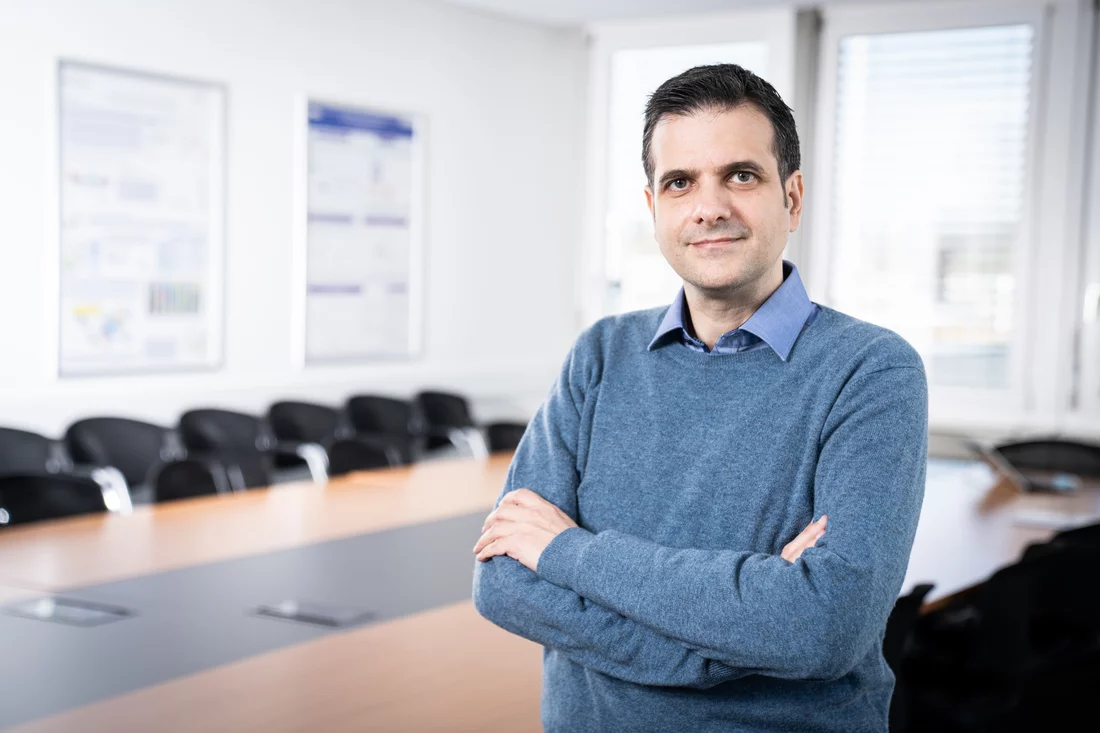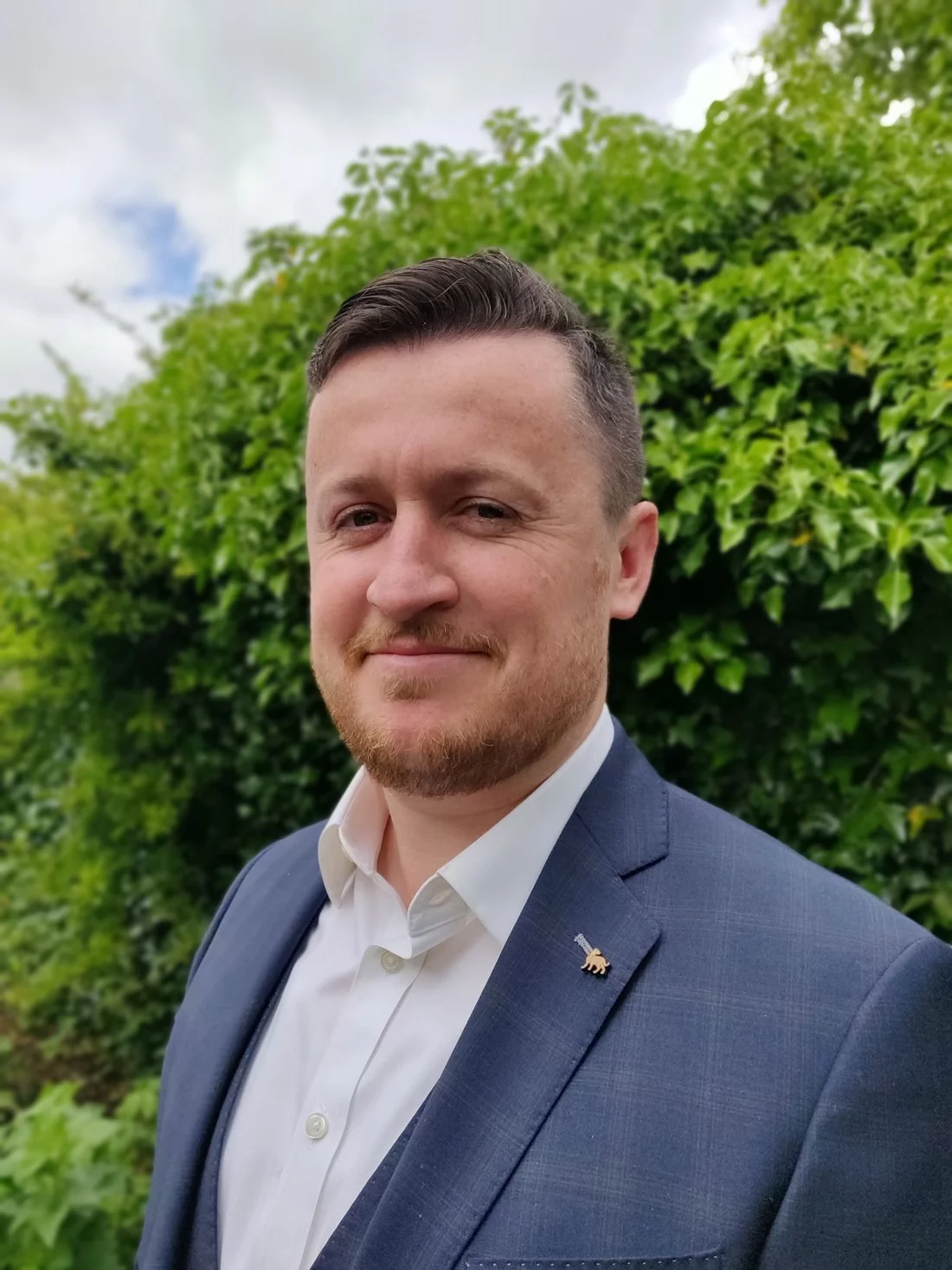Using an extensive computer simulation of the climate, the global economy and the global energy system, researchers at PSI have been analysing different ways of mitigating climate change, together with colleagues from the US, China, Ireland, Finland and Sweden.
CO2 emissions from human activities account for about 42 billion tonnes per year. The Intergovernmental Panel on Climate Change (IPCC) has calculated that only another 300 to 600 billion tonnes can be added, from 2020 onwards, or else the goal of limiting global warming to 1.5 degrees Celsius will be virtually unattainable. Evangelos Panos of the PSI’s Laboratory for Energy Systems Analysis agrees: “It could be a close shave, because 70 percent of our scenarios predict that the world will exceed the 1.5 °C mark in the next five years.”
Which climate measures are most successful?
Tackling climate change requires numerous political, economic and social decisions to be made. However, these decisions are fraught with uncertainty. Understandably, decision-makers are seeking robust evidence, for example in answering one of the central questions: Which measures have the greatest effect and are also economically advantageous as a means of achieving the net-zero emissions target which Switzerland, for example, has set itself? A large computer simulation dealing with this issue is now providing some answers. It combines climate models with economic models and 1200 technologies for supplying and using energy, as well as reducing greenhouse gas emissions. As part of the study, a supercomputer calculated 4,000 scenarios for 15 regions of the world, taking into account possible developments in ten-year steps up to the year 2100. “This calls for sophisticated data analysis and visualisation techniques,” adds co-author James Glynn, head of the Energy Systems Modelling Program at Columbia University in the US. The final file contains 700 gigabytes of data. The paper on this research has now been published in the academic journal Energy Policy.
What makes the work done by Evangelos Panos and his co-authors unique is that, for the first time, their integrated assessment models take into account many of the uncertainties inherent in the models. Previous scenarios have typically assumed that all parameters concerning the future are known, such as which technologies will be available and when, what they will cost, or how large the potential for expanding renewable energies is. Moreover, the IPCC calculations focus solely on technology options, i.e. on what impact choosing certain technologies has on the climate. Uncertainties inherent in climate models and the way in which the climate responds to economic growth are left out of the equation, as are many other uncertainties, such as population trends and policy measures. “The most important contribution of our research is that it allows policymakers to make concrete decisions about climate action based on a full understanding of the existing uncertainties,” says co-author Brian Ó Gallachóir from University College Cork.
18 uncertainty factors and 72,000 variables
When researchers want to calculate scenarios that contain a large number of variables and uncertainties, they often resort to what is known as the Monte Carlo method. The Monte Carlo method does not predict the future. “Instead, it creates a kind of data map made up of what-if decision pathways,” explains Evangelos Panos. So too in the current study: For each scenario, the team adjusted 72,000 variables. “We considered 18 uncertainty factors, including population and economic growth, climate sensitivity, resource potential, the impact of changes in agriculture and forestry, the cost of energy technologies and the decoupling of energy demand from economic development,” explains James Glynn of Columbia University.
Sound basis for national pathways to an energy system transformation
In order to break down individual scenarios focusing on political and economic issues into different national pathways to an energy system transformation, additional parameters specific to each country need to be taken into account. “An energy system that enables the transition to a zero-carbon economy is capital-intensive and requires the mobilisation of resources from all stakeholders,” Panos concludes. This calls for customised analyses to be carried out at the national level: “Our study provides a sound basis for these.”
Contact
Original publication
-
Panos E, Glynn J, Kypreos S, Lehtilä A, Yue X, Ó Gallachóir B, et al.
Deep decarbonisation pathways of the energy system in times of unprecedented uncertainty in the energy sector
Energy Policy. 2023; 180: 113642 (18 pp.). https://doi.org/10.1016/j.enpol.2023.113642
DORA PSI
About PSI
The Paul Scherrer Institute PSI develops, builds and operates large, complex research facilities and makes them available to the national and international research community. The institute's own key research priorities are in the fields of future technologies, energy and climate, health innovation and fundamentals of nature. PSI is committed to the training of future generations. Therefore about one quarter of our staff are post-docs, post-graduates or apprentices. Altogether PSI employs 2300 people, thus being the largest research institute in Switzerland. The annual budget amounts to approximately CHF 450 million. PSI is part of the ETH Domain, with the other members being the two Swiss Federal Institutes of Technology, ETH Zurich and EPFL Lausanne, as well as Eawag (Swiss Federal Institute of Aquatic Science and Technology), Empa (Swiss Federal Laboratories for Materials Science and Technology) and WSL (Swiss Federal Institute for Forest, Snow and Landscape Research). (Last updated in June 2025)


